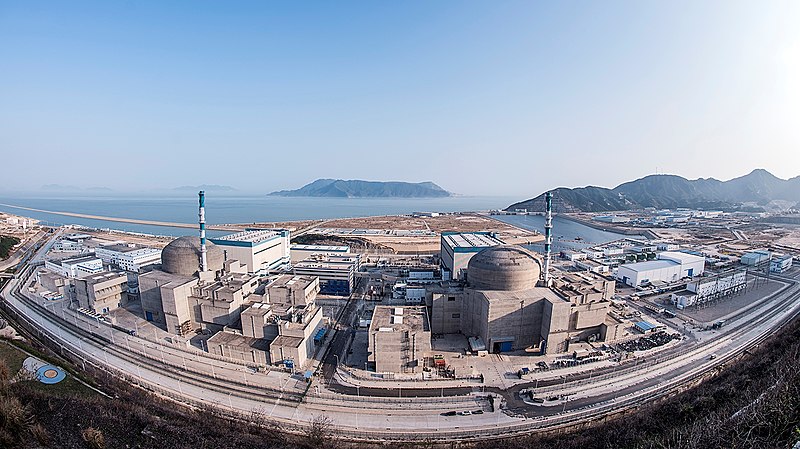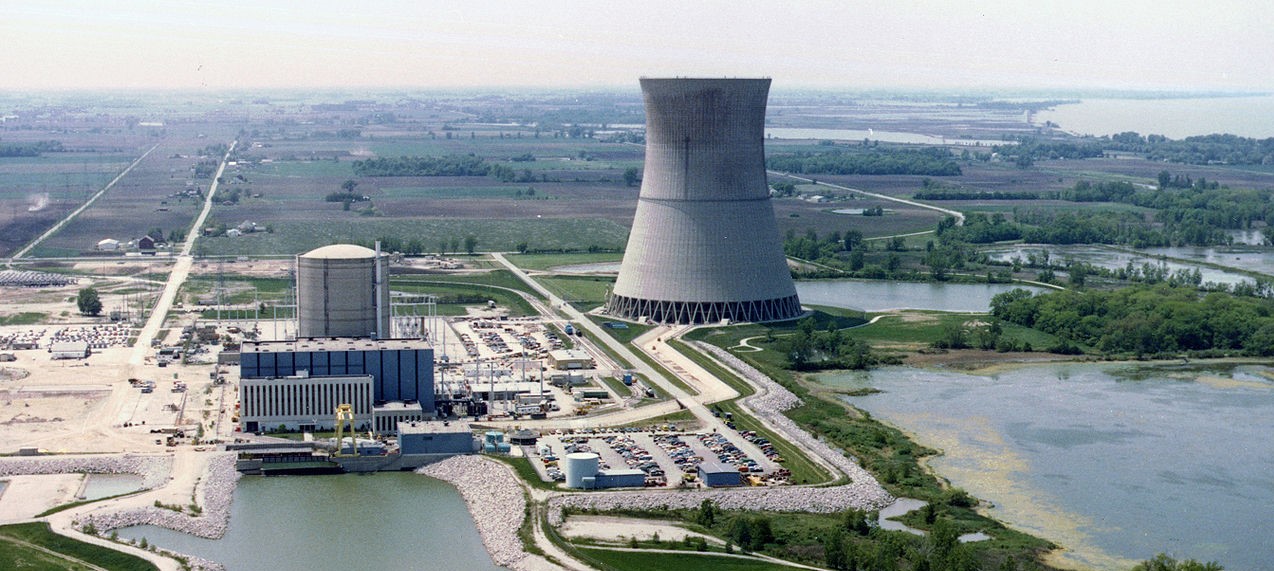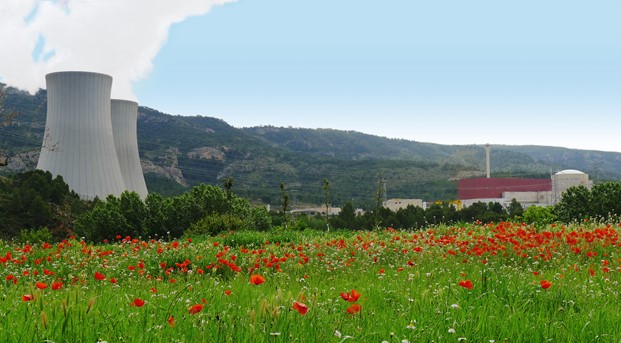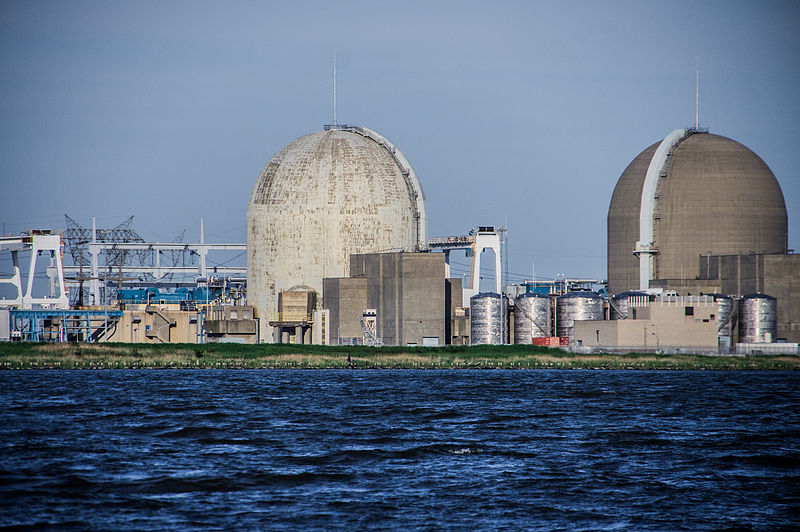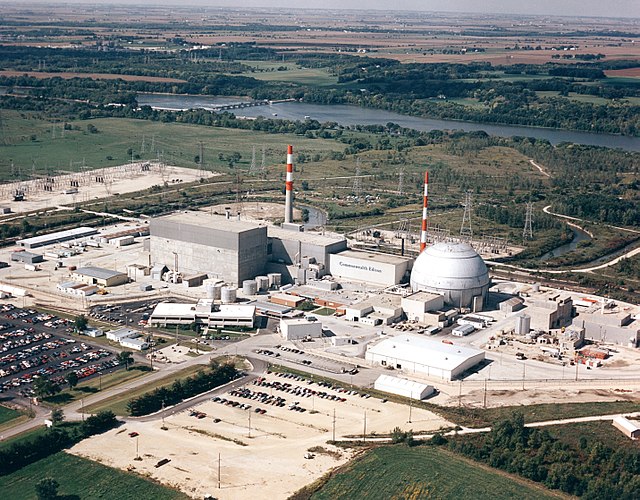Vogtle Units 3 and 4, earlier this month. (Photo: Georgia Power)
Georgia Power yesterday announced that due to 'productivity challenges' and the need for 'additional time for testing and quality assurance,' it has revised the schedule for the Vogtle-3 and -4 nuclear expansion project. The new schedule pushes back the Unit 3 in-service date to the second quarter of 2022 and the Unit 4 date to the first quarter of 2023—a three-to-four-month shift for each unit.
Duke Energy’s Oconee plant, in Seneca, S.C. (Photo: Duke Energy)
The Nuclear Regulatory Commission has accepted for review the subsequent license renewal application for Duke Energy’s Oconee nuclear plant, the agency announced yesterday. The utility submitted the application for an additional 20 years of operational life for Oconee on June 7. A public version of the application (with proprietary details removed) is available on the NRC website.
The Davis-Besse nuclear power plant. (Photo: Nuclear Regulatory Commission)
The Nuclear Regulatory Commission on Tuesday announced that it has begun a special inspection at Energy Harbor’s Davis-Besse nuclear plant. The inspection will focus on two separate issues: multiple diesel generator failures during testing and maintenance, and a complicated reactor trip on July 8.
The Byron and Dresden nuclear power plants.
In what could be viewed as a rather pointed message to Illinois lawmakers that time is running out to pass legislation providing a lifeline to the state’s Byron and Dresden nuclear plants, Exelon Generation this morning announced that it would file post-shutdown decommissioning activities reports (PSDARs) today with the Nuclear Regulatory Commission. The PSDARs detail long-term site restoration plans for the facilities, both of which are scheduled to shut down for good this fall—first Byron, in September, then Dresden, in November.
A crane removes the first of the Unit 6 steam generators on July 23. (Photo: Bruce Power)
Bruce Power has removed the first of eight steam generators from Unit 6 at the Bruce nuclear plant in Ontario, the company announced earlier this week. The work was done as part of the facility’s major component replacement (MCR) project.
The nuclear power plant of Dampierre-en-Burly, France. (Photo: Kresimir Bobovec)
France has overtaken Norway to regain its position as the biggest net exporter of power in Europe, according to a new report on the European electricity market by U.K.-based energy data services provider EnAppSys.
The report, which looked at the value of imports and exports in Europe during the first six months of 2021, found that France’s net exports totaled 21 TWh, with most of the power flowing to Great Britain (8.6 TWh) and Italy (7.2 TWh).
Chuck Metz Jr. discusses his collaboration with Harold Denton, whose memoir interweaves a retelling of the Three Mile Island accident events with stories of his career-long advocacy for nuclear safety.

Metz
A number of years ago, historian and writer Chuck Metz Jr. was at the Bush’s Visitor Center in Tennessee’s Great Smoky Mountains when he ran into former Nuclear Regulatory Commission official Harold Denton and his wife. Metz was at the visitor center, which opened in 2010 and is now a tourist hotspot, because, as he explained to the Dentons at the time, he had overseen the development of its on-site museum and had written a companion coffee-table history book.
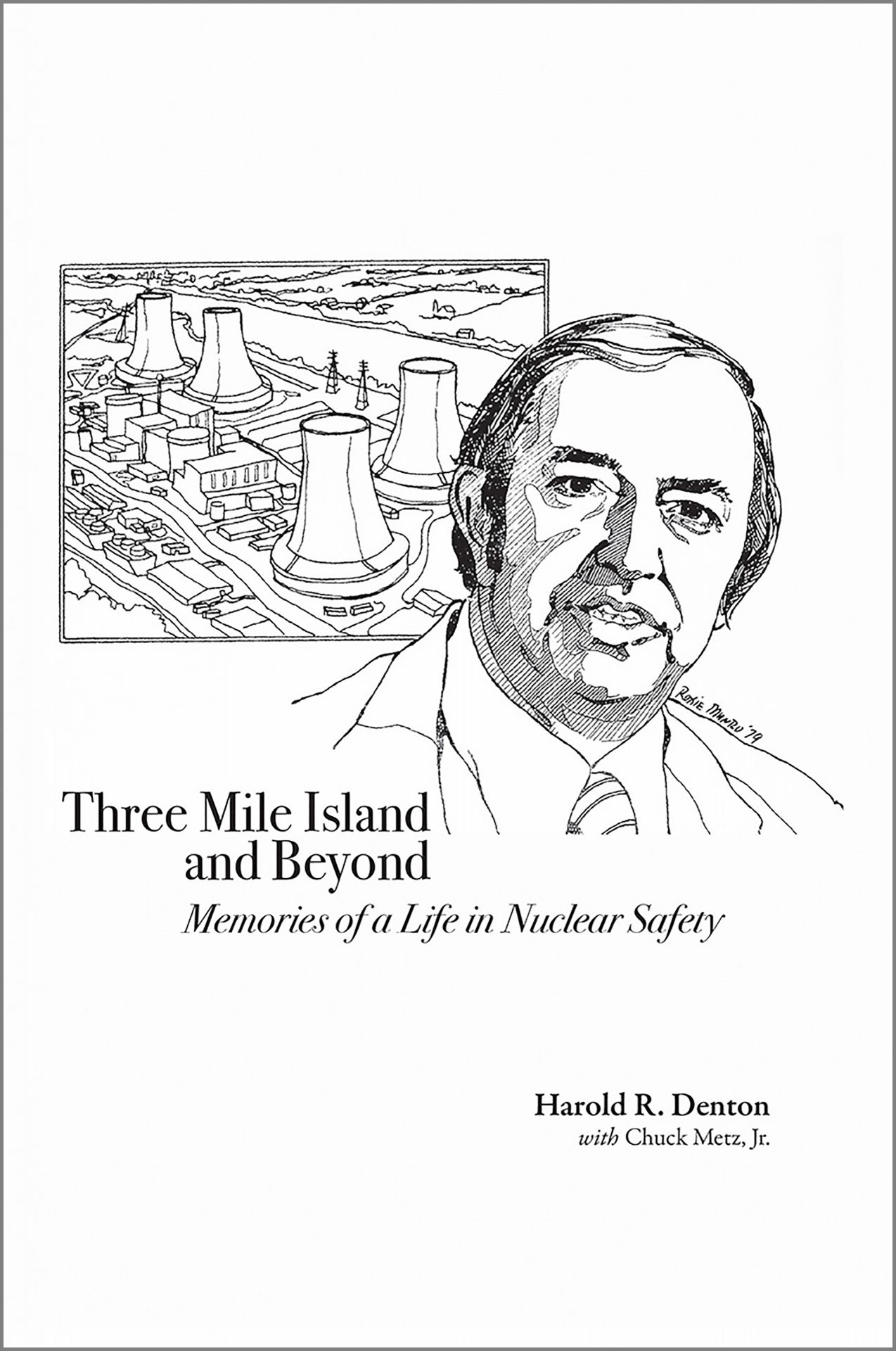
The chance meeting turned into a friendship and a fruitful collaboration. Denton, who in 1979 was the public spokesperson for the NRC as the Three Mile Island-2 accident unfolded, had been working on his memoir, but he was stuck. He asked Metz for help with the organization and compilation of his notes. “I was about to retire,” Metz said, “but I thought that exploring the nuclear world might be an interesting change of pace.”
Denton passed away in 2017, but by then Metz had spent many hours with his fast friend and was able to complete the memoir, Three Mile Island and Beyond: Memories of a Life in Nuclear Safety, which was published recently by ANS. Metz shared some of his thoughts about Denton and the book with Nuclear News. The interview was conducted by NN’s David Strutz.
Taishan nuclear power plant. (Photo: EDF Energy)
If Taishan-1 were operating in France, Électricité de France would shut down the reactor in order to assess the situation in progress and stop its development, according to a July 22 press release from EDF. The 1,660-MWe French-designed EPR—the recent subject of sensational press coverage of fuel rod failures—operates in China’s Guangdong Province.
Davis-Besse nuclear power station, which is operated by EnergyHarbor. (Photo: U.S. NRC)
Akron, Ohio-based FirstEnergy Corporation has been charged with wire fraud and will pay a $230 million monetary penalty over its role in a $61-million corruption and racketeering scheme to secure state subsidies for Ohio’s nuclear power plants, Davis-Besse and Perry.
Iberdrola’s Cofrentes plant, in Valencia. All of Spain’s reactors are to be retired by 2035. (Photo: Foro Nuclear)
Foro Nuclear, a Madrid-based association representing the interests of Spain’s nuclear sector, is not at all happy with its government’s involvement in a letter sent late last month to the European Commission calling for the exclusion of nuclear energy from the European Union taxonomy. (The taxonomy is a classification system establishing a list of environmentally sustainable economic activities for the EU.) Signing the letter were Spain’s minister for ecological transition and minister for the economy, as well as ministers from Austria, Denmark, Germany, and Luxembourg.
The Salem nuclear power plant. (Photo: Peretzp)
In the latest legal action over the New Jersey Board of Public Utilities’ (BPU) April 2019 order providing subsidies to the Hope Creek and Salem nuclear plants, the state’s Supreme Court has declined to hear an appeal.
A still image from a three-part video tour of NuScale’s facilities. (Photos: NuScale Power)
When Utah Associated Municipal Power Systems (UAMPS) in 2015 announced its plan to develop the Carbon Free Power Project (CFPP) using NuScale Power’s modular light water reactor design, it envisioned the construction of a dozen 50-MWe modules for a plant that could produce a total of 600 MWe. The CFPP’s target output later rose to 720 MWe, when UAMPS opted to scale up to 60-MWe modules. In late June, the plans changed once again, as UAMPS participants chose to build 77-MWe modules but downsize the plant from 12 units to six, which would yield 462 MWe—about 64 percent of the 720 MWe that could have been generated from 12 of the 60-MWe modules.
The Dresden nuclear power plant (Photo: Nuclear Regulatory Commission)
As Illinois lawmakers continue to debate energy legislation that would allow the state’s Byron and Dresden nuclear plants to continue operation beyond this year, Exelon would like to remind everyone—including those legislators, no doubt—of what is at stake.



 The U.K. government last week issued a “
The U.K. government last week issued a “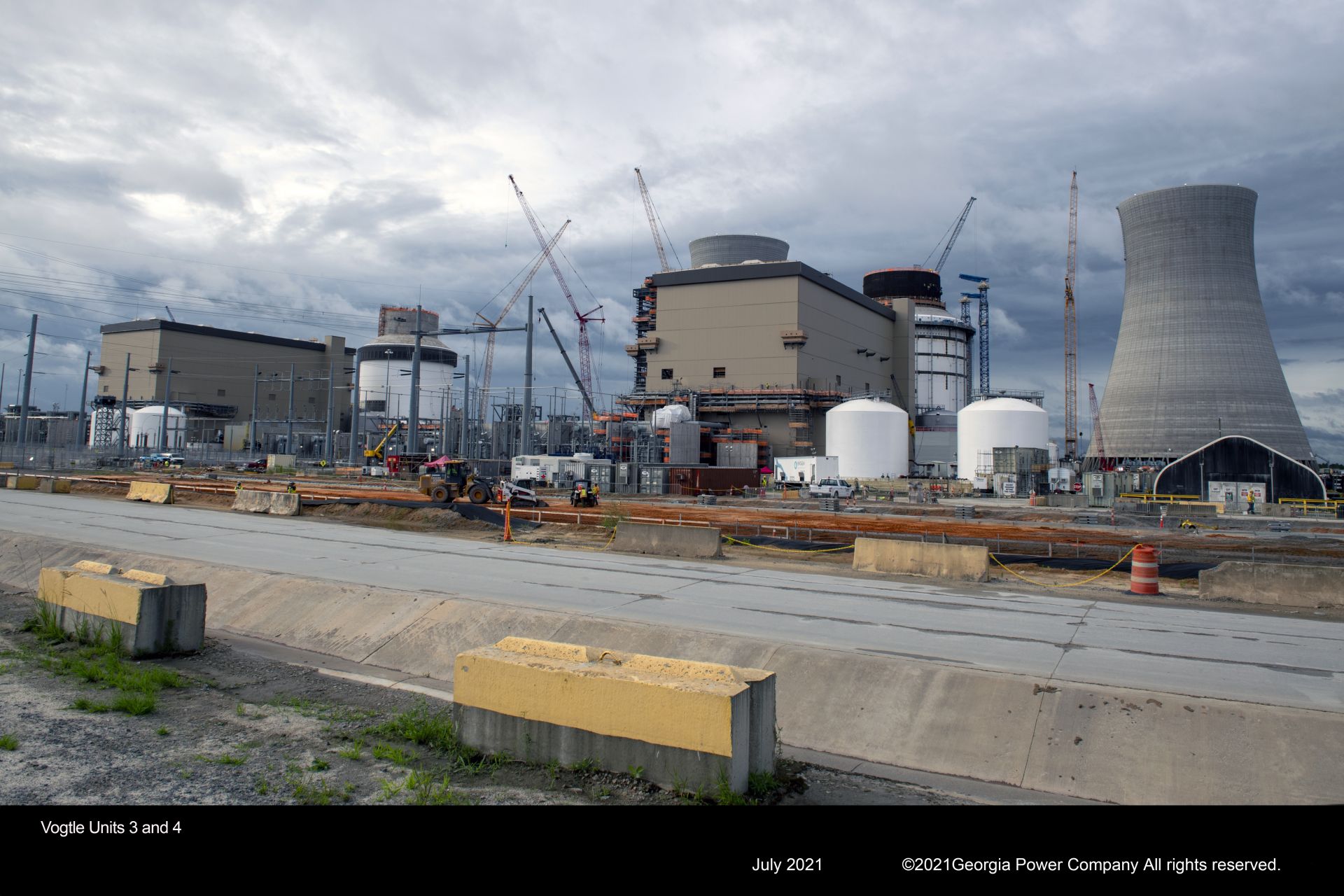
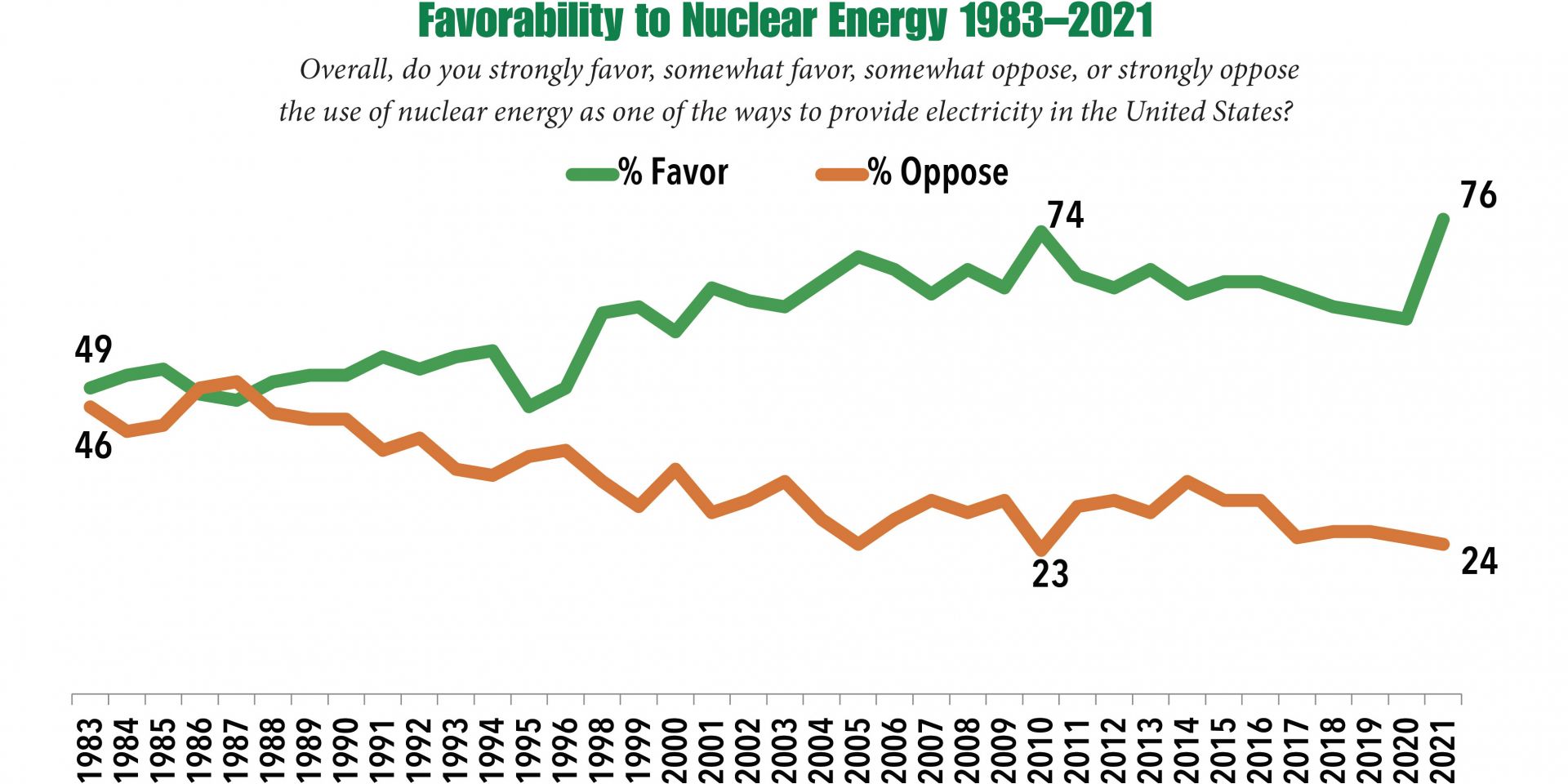
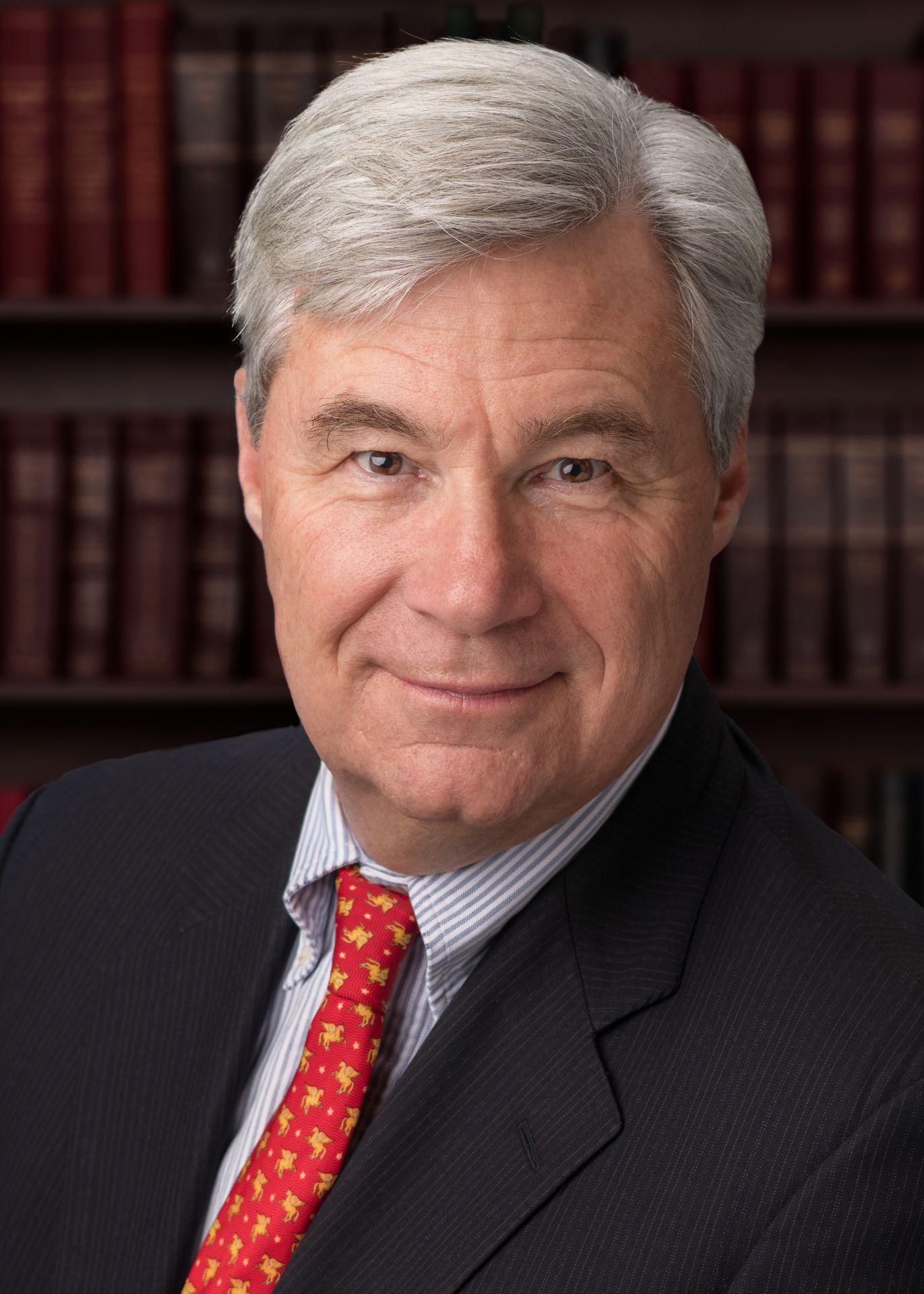
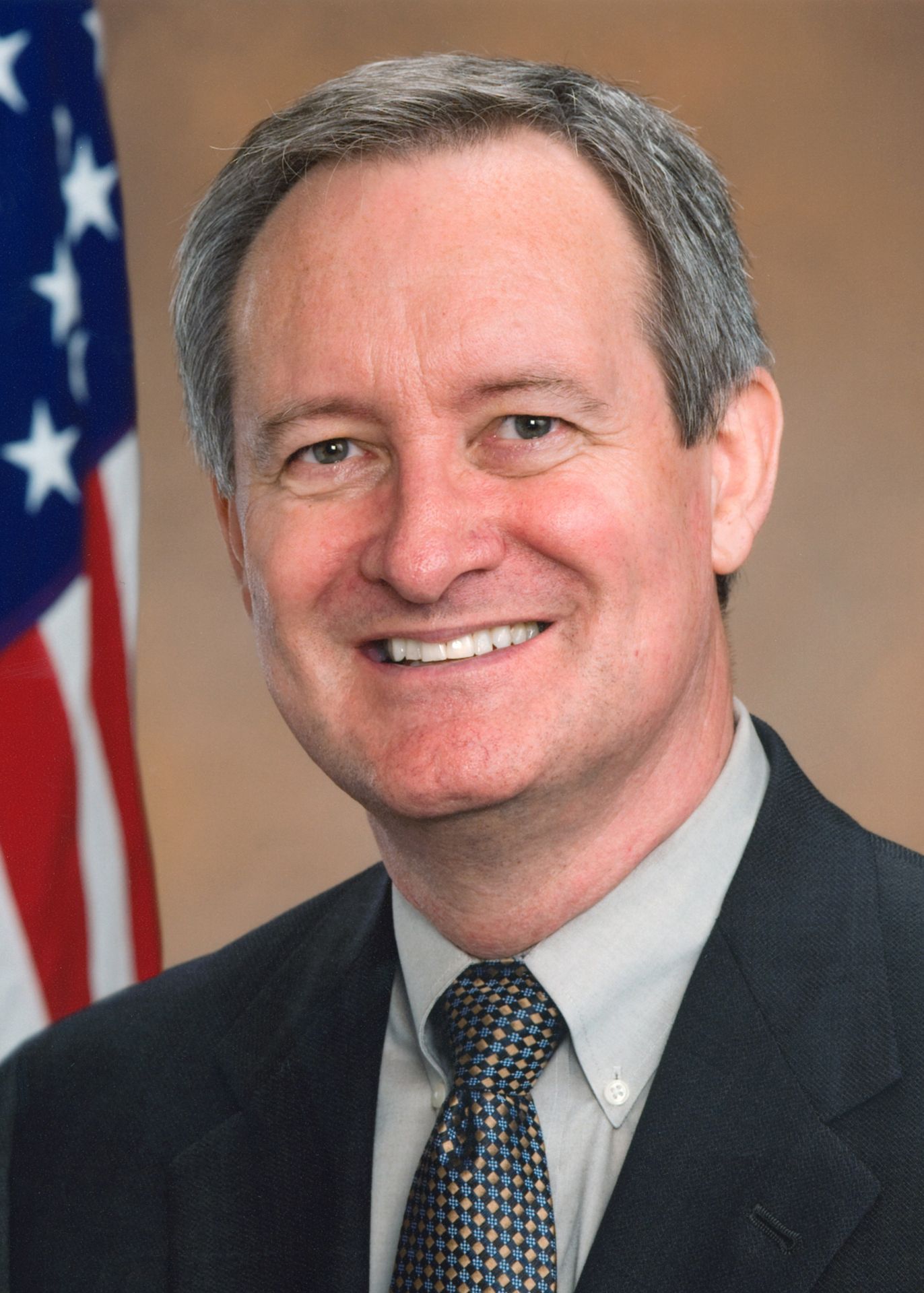
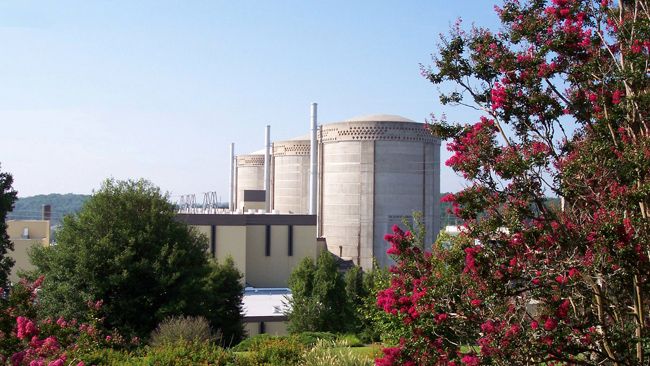
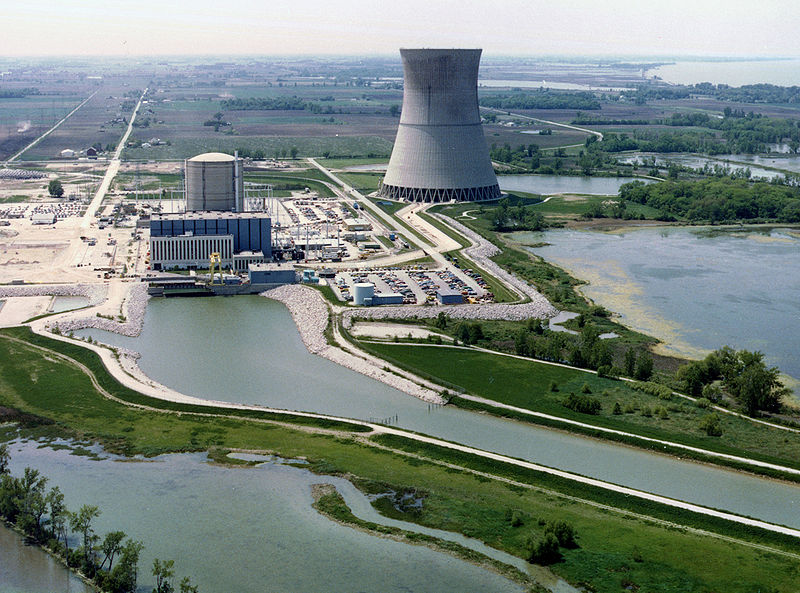
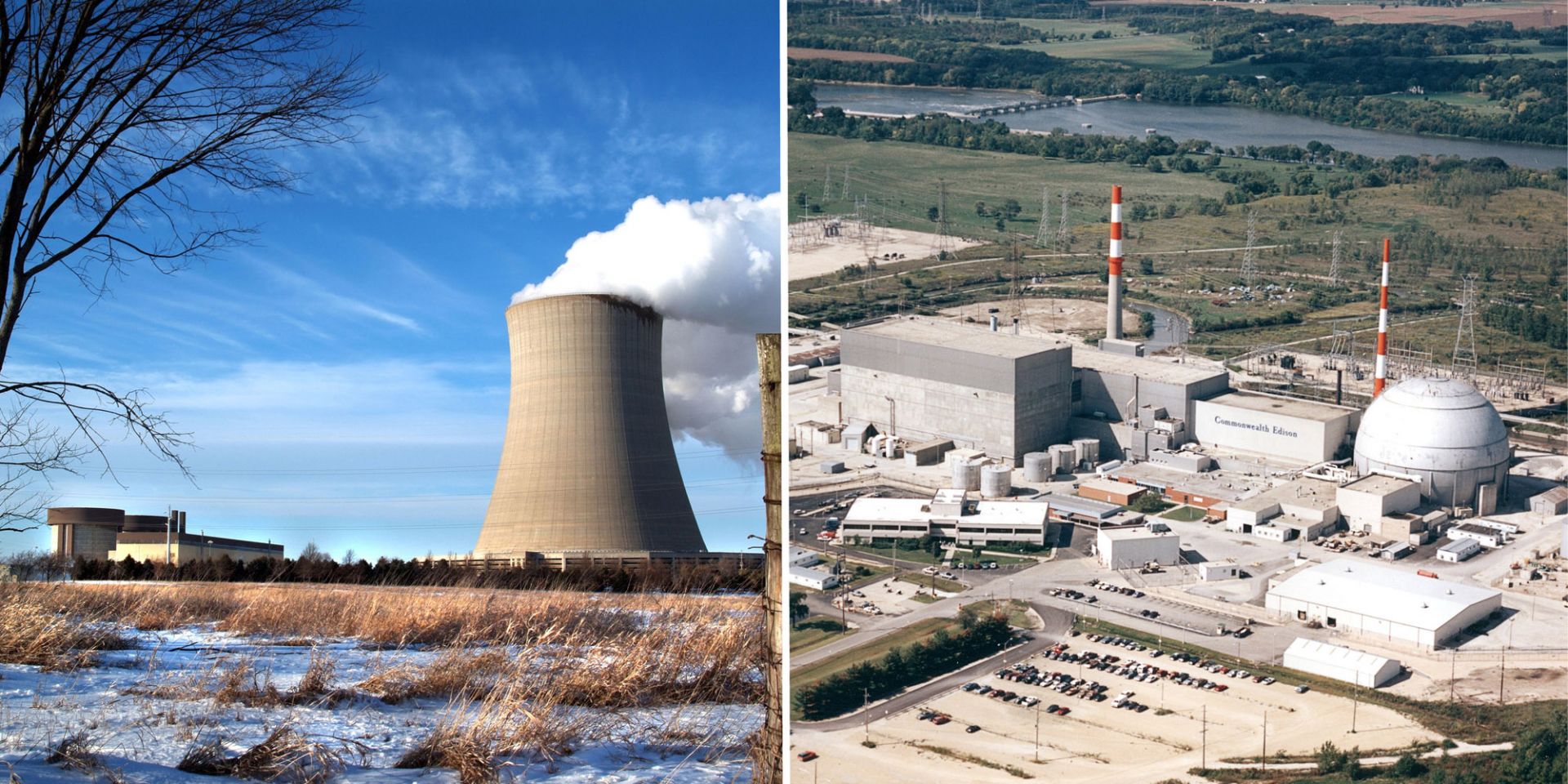
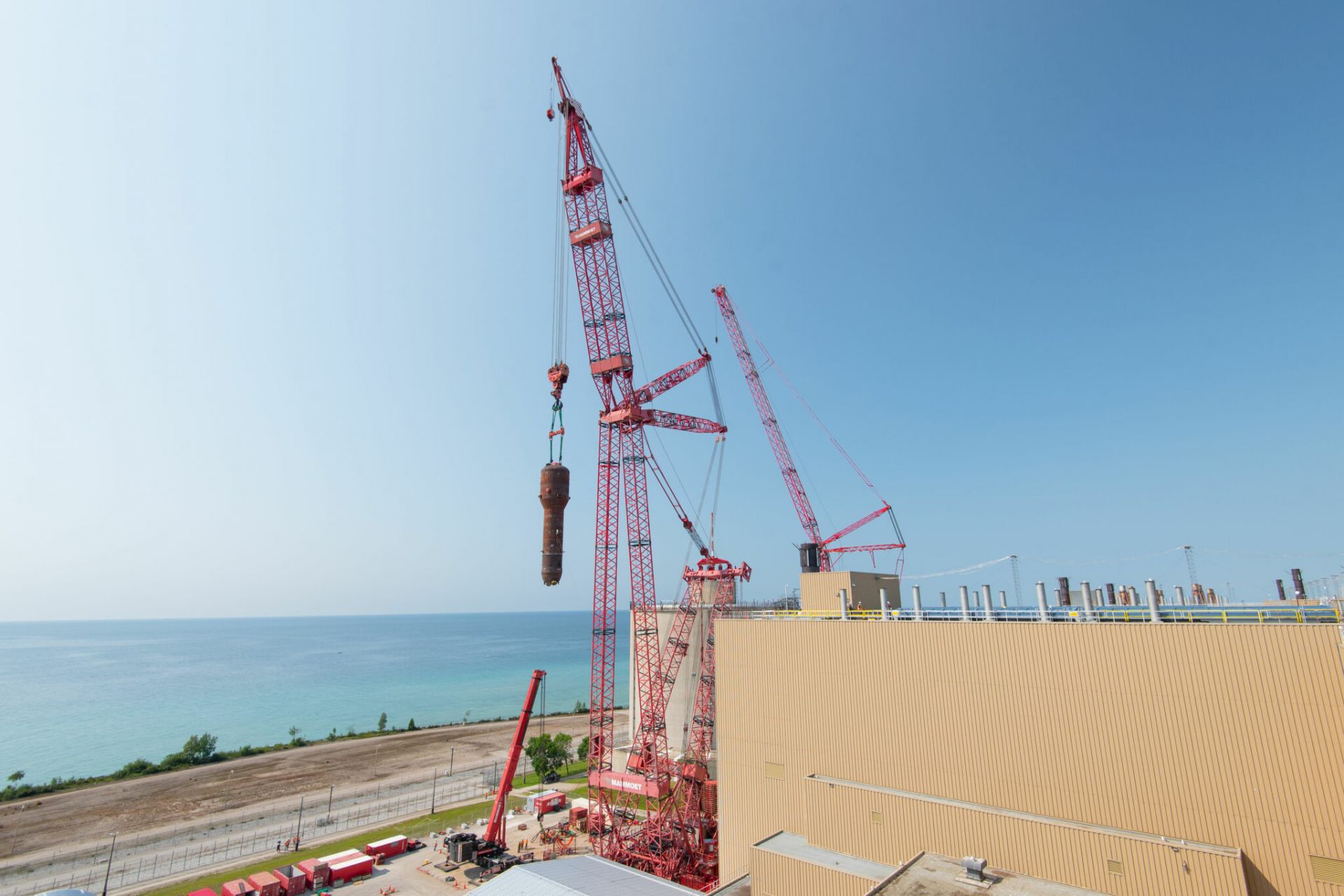
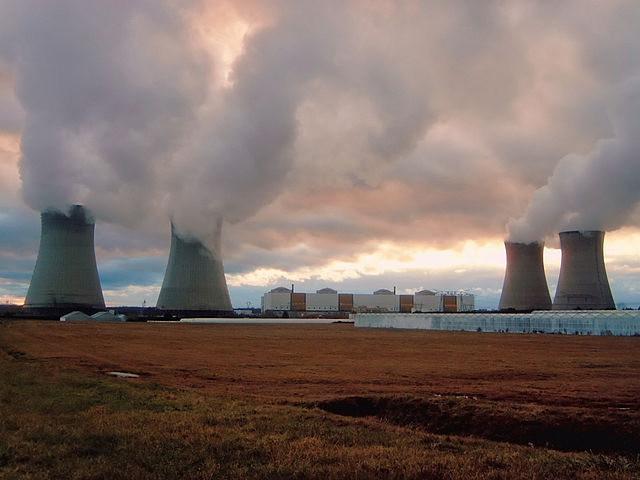

 Carbon dioxide emissions from the U.S. power sector fell 10 percent between 2019 and 2020, according to the 17th and latest edition of
Carbon dioxide emissions from the U.S. power sector fell 10 percent between 2019 and 2020, according to the 17th and latest edition of 

